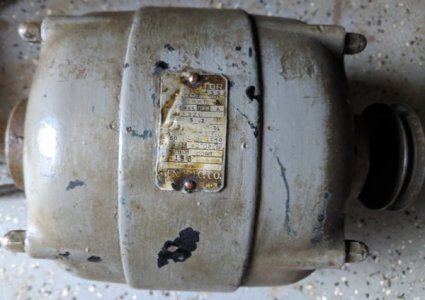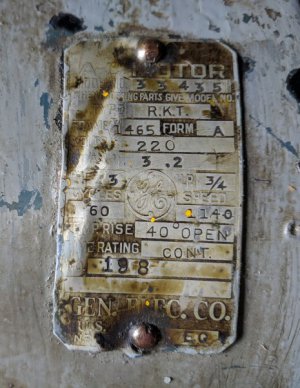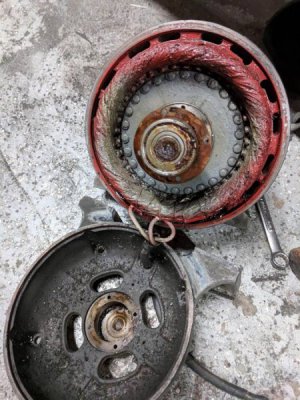I was referring to the nuts welded to the bottom of the stand. I am giving up on messing with that as I just don't think the stand is stable enough to move around. I've looked a little at dro and I think the glass kits have come down in price but there seems to be some quality concerns with them. I'll probably go with an igaging kit as well. As much as I like to play around this stuff I don't think I will be using it enough to justify anything too fancy.
I bet I will be doing more drilling then milling but who knows.
I bet I will be doing more drilling then milling but who knows.




